Open and Closed Circuits Worksheet
Are you looking for a way to reinforce your understanding of open and closed circuits? Look no further! Our open and closed circuits worksheet is designed to help you grasp this fundamental concept in electrical engineering. Whether you are a student studying physics or an enthusiast exploring the world of circuits, this worksheet will provide you with an engaging and informative learning experience.
Table of Images 👆
More Other Worksheets
Kindergarten Worksheet My RoomSpanish Verb Worksheets
Cooking Vocabulary Worksheet
DNA Code Worksheet
Meiosis Worksheet Answer Key
Art Handouts and Worksheets
7 Elements of Art Worksheets
All Amendment Worksheet
Symmetry Art Worksheets
Daily Meal Planning Worksheet
What is an open circuit?
An open circuit is a circuit in which there is a break in the conducting path, preventing current from flowing through. This break can be caused by a disconnected wire, a switch in the off position, or a blown fuse, resulting in no electrical connection and stopping the flow of electricity.
What is a closed circuit?
A closed circuit is a complete loop or pathway that allows an electrical current to flow continuously, as there are no breaks or interruptions in the circuit. This means that the current can flow from the power source through the circuit components and back to the power source without being interrupted or diverted.
What happens in an open circuit?
In an open circuit, the flow of electric current is interrupted because there is a gap or break in the circuit, preventing the current from completing the loop. As a result, electrical devices or components connected in the circuit will not function or receive power as intended.
What happens in a closed circuit?
In a closed circuit, an electrical current can flow continuously from the power source, through the circuit components, and back to the power source. This enables the devices or components in the circuit to operate as intended, such as lighting up a bulb or powering a motor, as the flow of electrons is not interrupted by an open or broken connection.
What are the characteristics of an open circuit?
An open circuit is characterized by a break or discontinuity in the path of current flow, preventing electricity from moving through the circuit. This results in no current flow and no functioning of the electrical components within the circuit. Typically, an open circuit can occur due to a disconnected wire, a blown fuse, a broken switch, or any other interruption along the circuit path.
What are the characteristics of a closed circuit?
A closed circuit is a complete pathway that allows electrical current to flow continuously. It contains a power source, wires, and a load (such as a light bulb or motor). In a closed circuit, the electrons can move from the power source through the wires to the load and then back to the power source, creating a continuous flow of electricity. If there is an interruption anywhere in the circuit, such as an open switch or a broken wire, the circuit becomes open and the flow of electricity stops.
Give an example of a device that operates using an open circuit.
An example of a device that operates using an open circuit is a flashlight with a mechanical switch in the off position. When the switch is open, no current flows through the circuit, preventing the light bulb from turning on. Only when the switch is closed to complete the circuit, can the flashlight function and emit light.
Give an example of a device that operates using a closed circuit.
An example of a device that operates using a closed circuit is a flashlight. When you turn on a flashlight, the circuit is completed as the electricity flows from the battery through the bulb, creating light. The circuit is closed because there is a continuous pathway for the electric current to flow, allowing the flashlight to function properly.
What are the advantages of open circuits?
Open circuits have benefits such as providing safety by preventing the flow of current, allowing for troubleshooting and maintenance of electrical systems, and enabling the design of complex electronic circuits by controlling the pathways of current flow. Additionally, open circuits can be used for energy conservation by disconnecting devices when not in use and are crucial in the functionality of various electronic components like switches and sensors.
What are the advantages of closed circuits?
Closed circuits have several advantages, including improved safety as the electrical current flows in a controlled path, reducing the risk of shocks and short circuits. They also provide more consistent power supply, as the flow of electricity is not interrupted by open connections or breaks in the circuit. Furthermore, closed circuits are more efficient in delivering power to devices, as they prevent energy loss that can occur in open circuits. Overall, closed circuits are essential for reliable and safe electrical systems.
Have something to share?
Who is Worksheeto?
At Worksheeto, we are committed to delivering an extensive and varied portfolio of superior quality worksheets, designed to address the educational demands of students, educators, and parents.

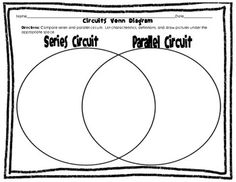



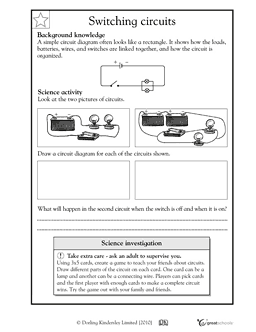
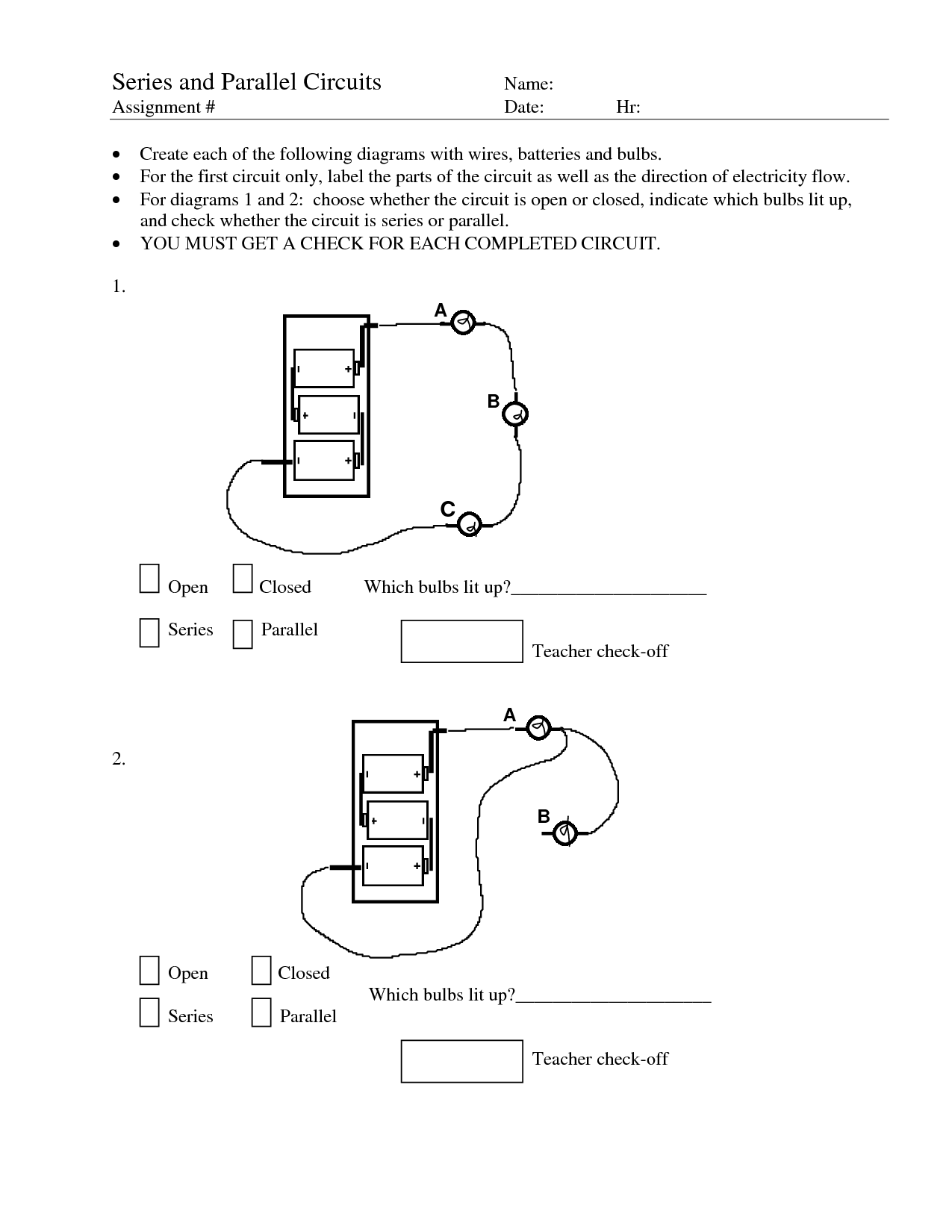
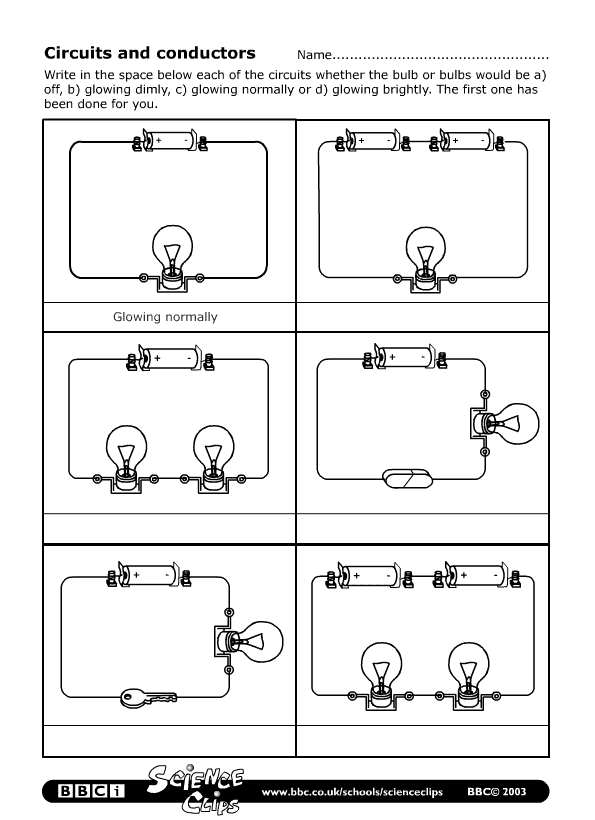
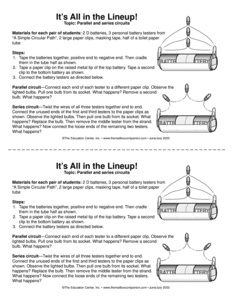
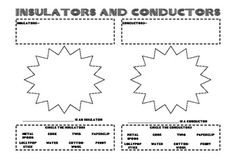














Comments